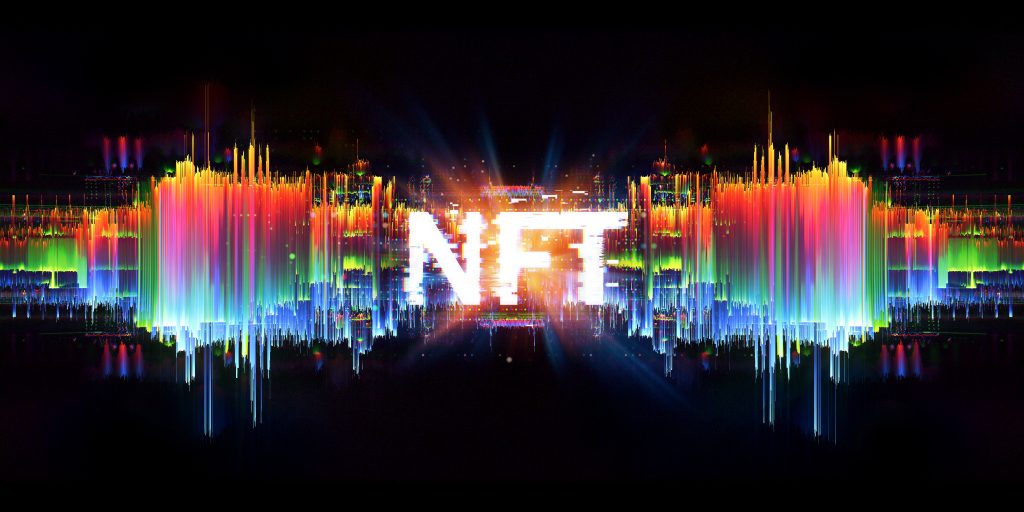With an ongoing crypto winter in evidence, digital currencies and NFTs have become the main topics of conversation among experts. Nonetheless, their popularity has not diminished. Many people, including you, still wish to become investors in virtual currencies and NFTs. If you want to more information then visit at the bit index ai official website.
Now, you may not be very clear about the differences between cryptocurrencies and NFTs. True, Bitcoin smart, the intelligent investment and trading platform does display relevant and current information about various digital currencies. Regardless, it should still help to have everything outlined in a complete article.
Blockchains
Virtual currencies and NFTs are closely linked to blockchains. Therefore, you must know about blockchain networks too. After all, they survive on advanced technologies. You must know about these powerhouses permitting blockchains to operate well.
A blockchain refers to a system that stores data and shares it too. Whatever the company controls a particular blockchain, it ensures that the network is public. The blockchain is akin to a ledger recording all 24 x7 activities occuring within the network.
Since it is decentralized (no central voice of authority in existence), the blockchain offers anonymity, and transparency in all transactions. The transactions are grouped to form blocks. Each new block undergoes encryption in alignment with the previous block. Thus, a chain comes into play. Hence, the name – blockchain.
A blockchain is accessible to millions of computers/crypto fans across the globe. It means that it does not operate in only one geographical location, but comes into play on any computer in the world. Every blockchain has security measures in place. Therefore, users may access these safe systems without hesitation. Best of all, no user needs to reveal personal information, and can remain anonymous.
Digital Currencies
Cryptocurrencies refer to digital assets or a type of digital money. Cryptography suffices to protect them from cybercriminals. It is impossible to duplicate them, thereby preventing the circulation of counterfeit coins. It is equally impossible to double-spend them. Advanced, specific blockchain technology comes into play for verifying transactions made via crypto tokens/coins.
Fiat currencies are under the control of a centralized authority, generally a government agent. Cryptocurrencies/tokens do not have to answer to any single controller. They come into being via the process of staking or mining. The process is regulated via a specific code. Third-party interference (for example – bank) is absent. The blockchain itself takes up the role of a validator.
There are numerous coins/tokens in the virtual currencies world, with new ones being added all the time. However, Bitcoin and Ether (Ethereum) have retained top positions in this arena. Bitcoin is highly popular amongst businesses wishing to engage in online transactions. Ether is equally popular for initiating Smart Contracts and creating DeFi applications.
NFTs (Non-Fungible Tokens)
They are also renowned as digital tokens. However, unlike digital currencies, they appear in diverse forms. These forms include documents, pictures/artwork, videos, music, etc. These forms denote ownership and uniqueness on the concerned blockchain. The creators of NFTs profit via sales, and purchases. It is possible to find the owners of various NFTs. It is also possible to transfer the tokens from one person to another. Generally, NFTs are appreciated in the form of collectibles. This way, artists need not fear the theft of their creations. Some of them come up with an entire collection. An example is the Bored Ape Yacht Club.
Cryptos and NFTs are Different
Fungibility
Digital currencies are fungible. For instance, exchanging one Bitcoin for another does not create a difference in value. Both are identical/fungible. In contrast, the value of one NFT (for example – a painting) is different from the other (for example – another painting). Therefore, it is non-fungible.
Divisibility
Digital assets may be divided into several parts. It enables the purchasers/sellers to use portions instead of whole coins/tokens. To illustrate, Bitcoin is divisible up to 8 decimal places. NFTs are indivisible.
Use Cases
Cryptocurrencies have a global reach. Furthermore, they permit rapid transactions. Therefore, users may transfer money, make payments, and engage in anonymous spending. NFTs are perfect for purchasing/selling virtual real estate, digital items, and cosmetics.
Affordability
The presence of centralized and decentralized cryptocurrency exchanges permit easy investments in tokens/coins. In contrast, the purchasing of NFTs is expensive. There can be no free trading since every NFT is distinct and unique.
Disclaimer: The views and opinions expressed in this article are those of the authors and do not necessarily reflect those of Geek Vibes Nation. This article is for educational purposes only.
Caroline is doing her graduation in IT from the University of South California but keens to work as a freelance blogger. She loves to write on the latest information about IoT, technology, and business. She has innovative ideas and shares her experience with her readers.






